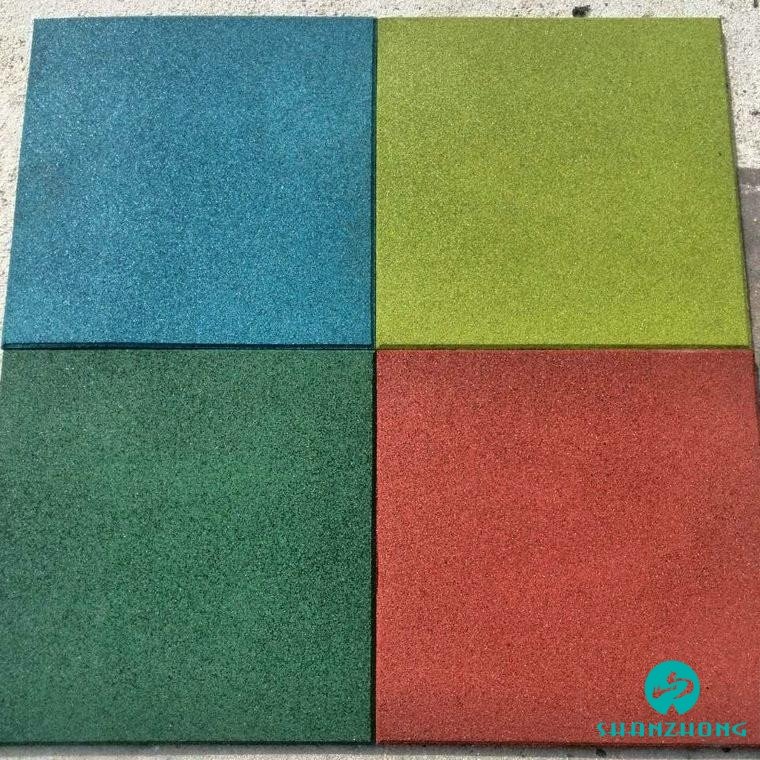Sep 4th,2025
Rubber flooring, also known as rubber floors, rubber tiles, or rubber carpets, is a type of flooring material made from rubber granules and binders.
I. Advantages of Rubber Flooring
Rubber flooring offers features such as slip resistance, shock absorption, wear resistance, and environmental friendliness, making it widely used in sports venues, kindergartens, hospitals, and public areas. Its main advantages include:
1.Eco-friendly: Made from rubber granules and binders, it contains no harmful substances, effectively reducing indoor air pollution.
2.Slip-resistant: Provides excellent slip resistance, making it ideal for areas prone to wet conditions, such as swimming pools and bathrooms.
3.Shock-absorbing: Offers strong impact absorption, reducing physical stress on joints and bones during activities.
4.Wear-resistant: Highly durable and capable of withstanding heavy loads without significant wear.

II. Other Names for Rubber Flooring
In addition to "rubber flooring," it is also referred to as rubber floors, rubber tiles, or rubber carpets. These terms all describe the same material made from rubber granules and binders, with variations mainly based on form and application.
III. How to Choose the Right Flooring
When selecting flooring, consider factors such as the intended use, functional requirements, and environmental impact. Rubber flooring is ideal for slip resistance, shock absorption, and durability, while options like wooden floors or carpets may be chosen for aesthetics, comfort, or eco-friendliness. Cost, maintenance, and compliance with national standards should also be considered.
IV. Conclusion
Rubber flooring is an excellent material known for its slip resistance, shock absorption, durability, and eco-friendliness, making it suitable for various applications. With multiple names and forms, choosing the right flooring depends on a comprehensive evaluation of individual needs and conditions.